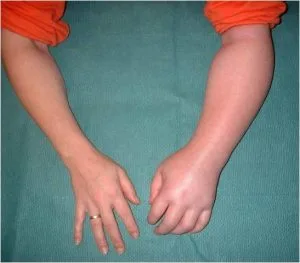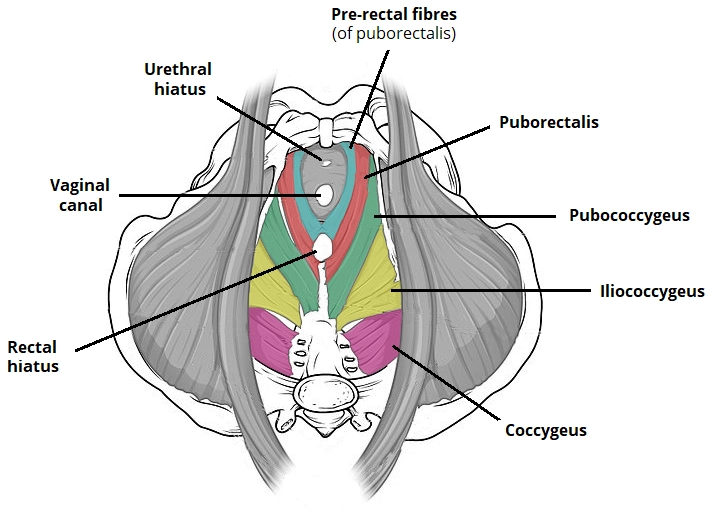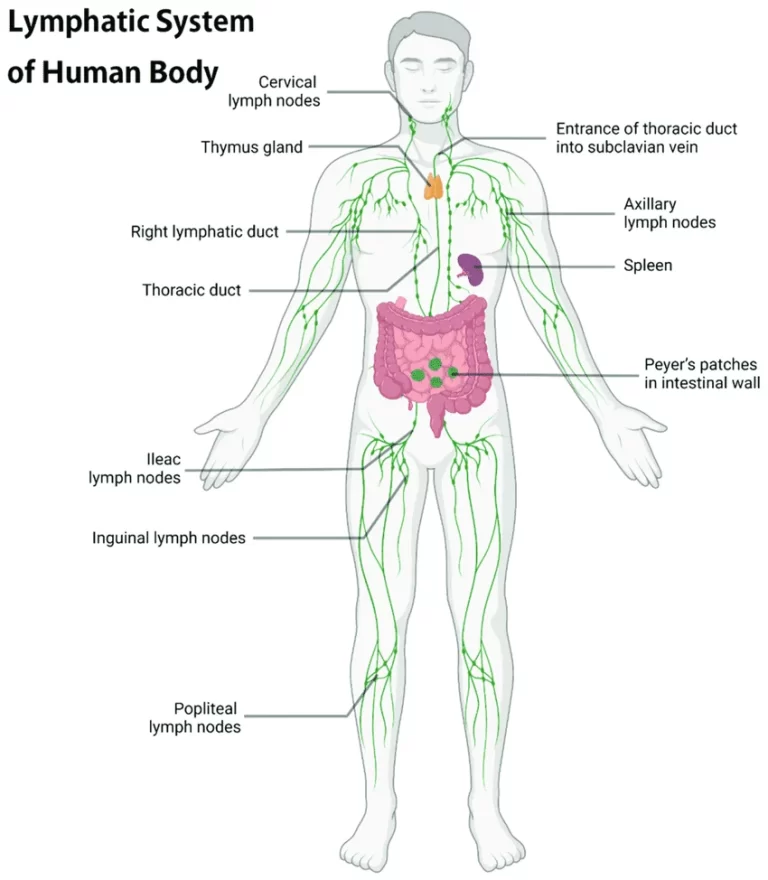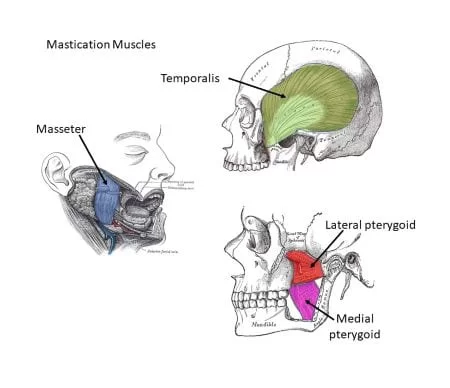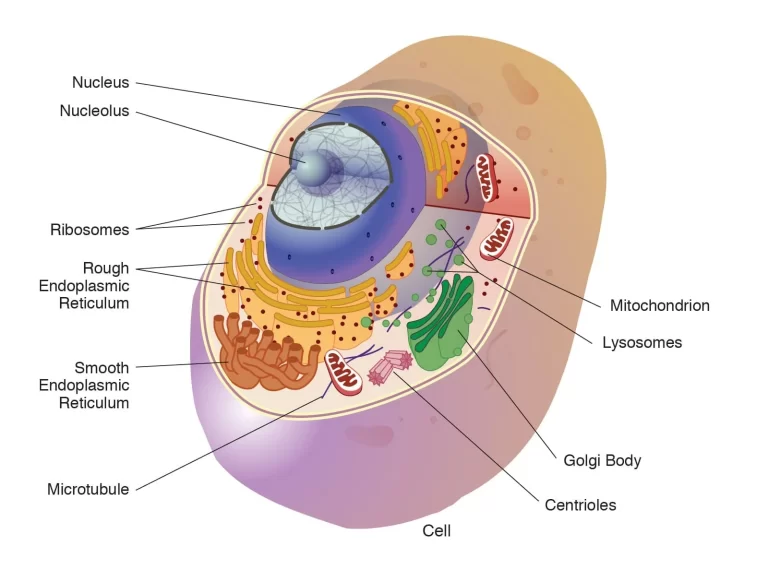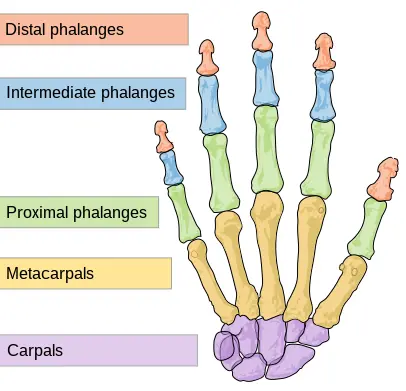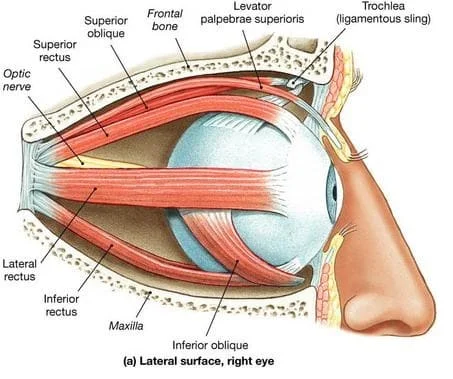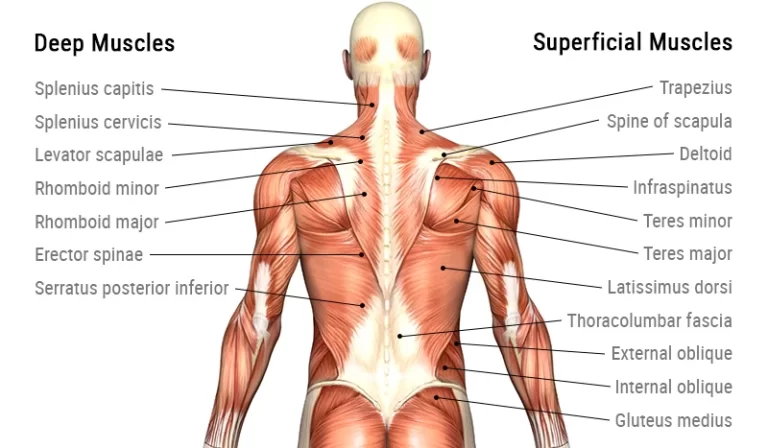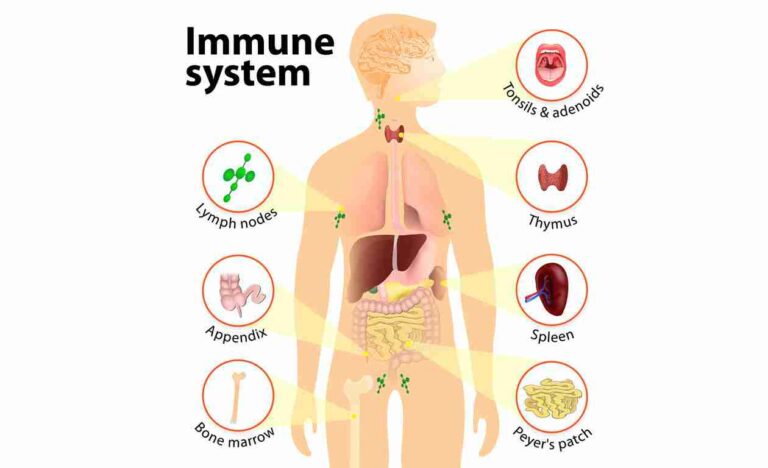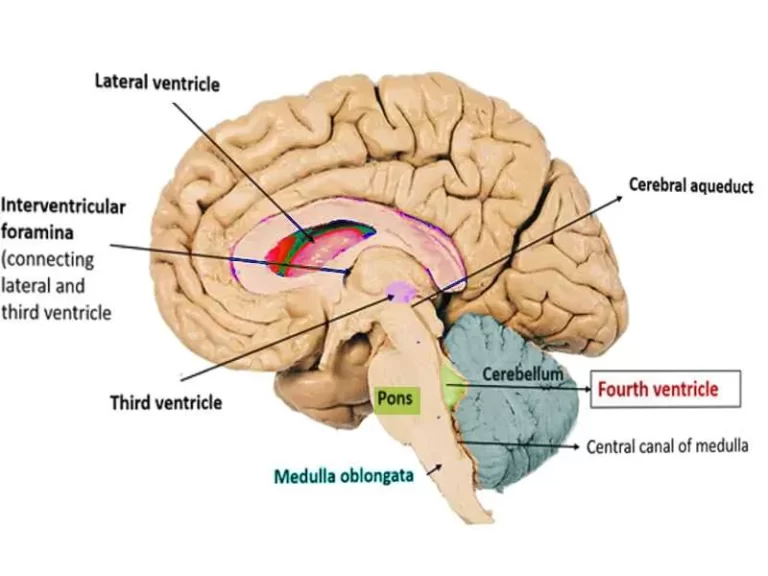Shoulder-hand Syndrome (SHS)
What is a Shoulder-hand Syndrome (SHS)? Shoulder-Hand Syndrome, also known as Reflex Sympathetic Dystrophy (RSD) or Complex Regional Pain Syndrome (CRPS), is a painful condition that typically affects the upper extremities. It often starts in the shoulder and progresses to the hand, causing stiffness, swelling, and impaired function. Although the precise etiology of the disease…

